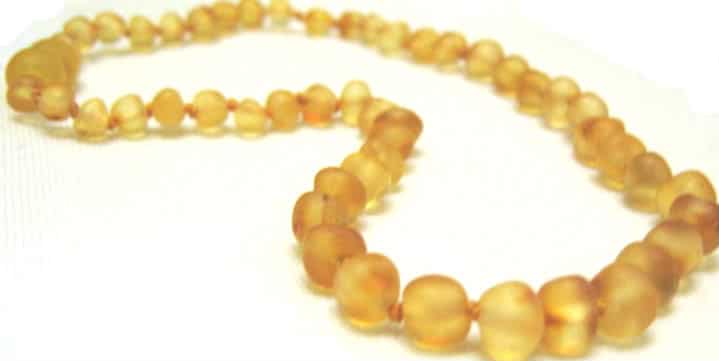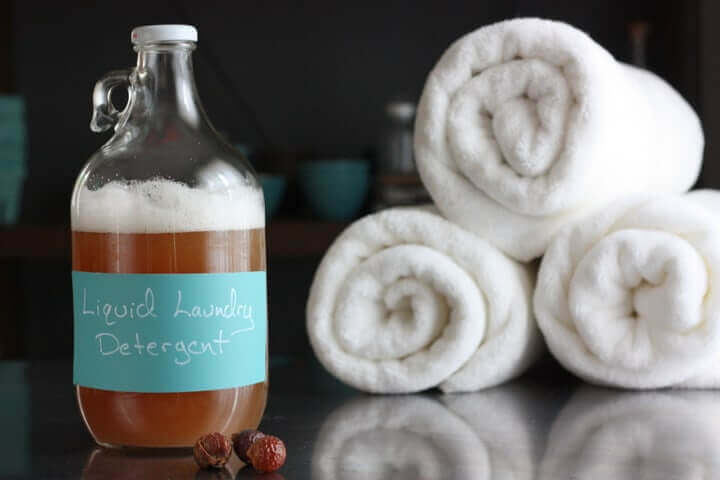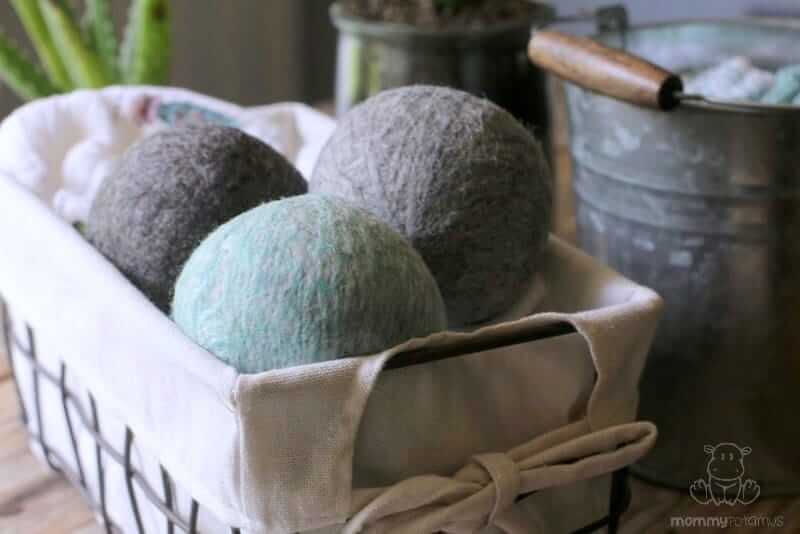
I have, but at my house all she does is steal socks, spill my homemade laundry detergent and dump loose change everywhere. Since she doesn’t actually do laundry, I have to find ways to keep things interesting all by myself.
Set up message board for all the socks seeking sole mates? Check!
Wash the same load of laundry three times because I keep forgetting it in the dryer? Umm, that’s not actually interesting at all.
Fortunately, I’ve found a way to help my dryer keep up with my washer, thus reducing the time I’m waiting to move a load over: wool dryer balls. In this post I’m going to show you how to make them, but first you’re probably wondering whether they’re really worth the effort. (Spoiler alert: Absolutely!)
Benefits Of Wool Dryer Balls
Saves time and money
Each load is done faster, which reduces your energy costs. Plus unlike dryer sheets and fabric softener, they’re typically good for 1000+ loads of laundry.
Softens and fluffs without toxic chemicals
As I wrote about here, “when several top laundry products/ air fresheners were tested they were found to contain at least one chemical labeled as toxic or hazardous by federal law, including the active ingredient in paint thinner.” (source)
Interestingly, none of the chemicals were listed on the label, and five of the six products emitted chemicals which are considered by the Environmental Protection Agency to have no safe exposure level.”
Dryer balls soften clothes naturally as the felted wool gently rubs against garment fibers, and they fluff by separating clothes that would otherwise clump together.
Reduces static
If over time you notice that they’re not doing this as well, put them in a sock or pantyhose and run them through a wash cycle.
Doesn’t diminish towel absorbency + cloth diaper safe
Commercial fabric softeners coat fibers with a thin layer of chemicals, thus reducing the absorbency and performance of things like towels and cloth diapers. (source) Wool dryer balls soften without chemicals.
How Many Do I Need?
Wool dryer balls work by separating clothes so that warm air circulates better. The more you have the more pronounced the effects – faster drying time, softer clothes, less static cling, and lower energy usage. Some people use just two, while others use up to twelve for large loads. I use six, but how many you use is really up to you.
I’m Not Feeling Crafty. Can I Buy Them Instead?
Absolutely. I like these eco-friendly wool dryer balls because they’re well-made and affordable.

How To Make Wool Dryer Balls
Makes 2-4 medium-sized dryer balls
Equipment
- 2 – 3 skeins of 100% wool yarn – I used roving yarn in dark gray, light gray and low tide because roving yarn felts really well. Make sure not to get “superwash” or washable yarn because it won’t felt.
- large-eyed felting needle or paint key (used to open paint cans – often free at hardware stores)
- pantyhose
Budget Tip: A local mama told me that she picked up a 100% wool sweater at a thrift store, cut and wadded it up, then wrapped it in wool yarn using the technique below. This approach can be a very affordable way to make a lot of wool dryer balls with just a little yarn.
Instructions
Step 1: Make a small “V” with your index and middle fingers, then wrap yarn around them 10- 15 times. Remove your fingers from the yarn.
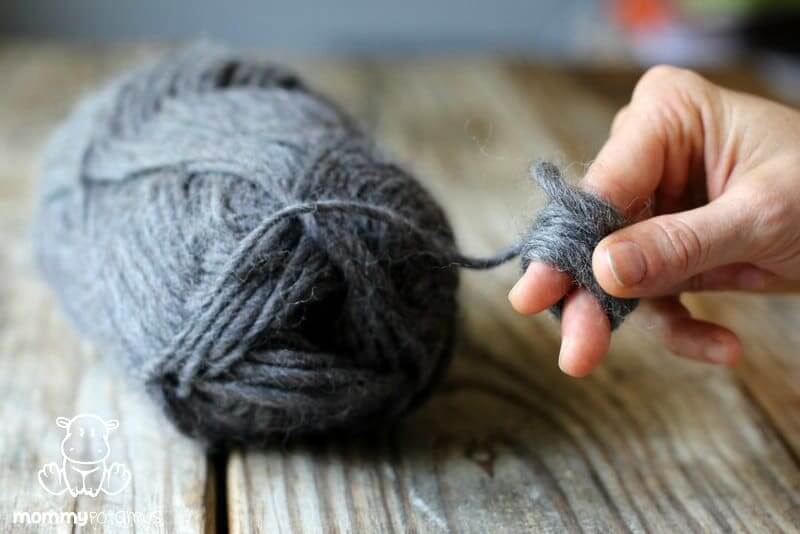
Step 2: Pinch the middle of the coiled yarn and wrap the center 10-15 times.
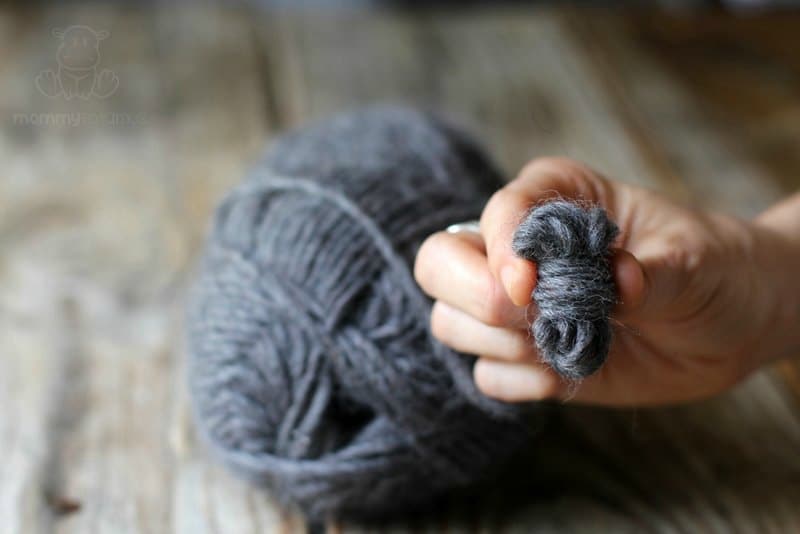
Then change the direction you’re wrapping in and wrap some more. You should have something that more or less looks like a fuzzy lump of coal. (Unless you chose another color.)
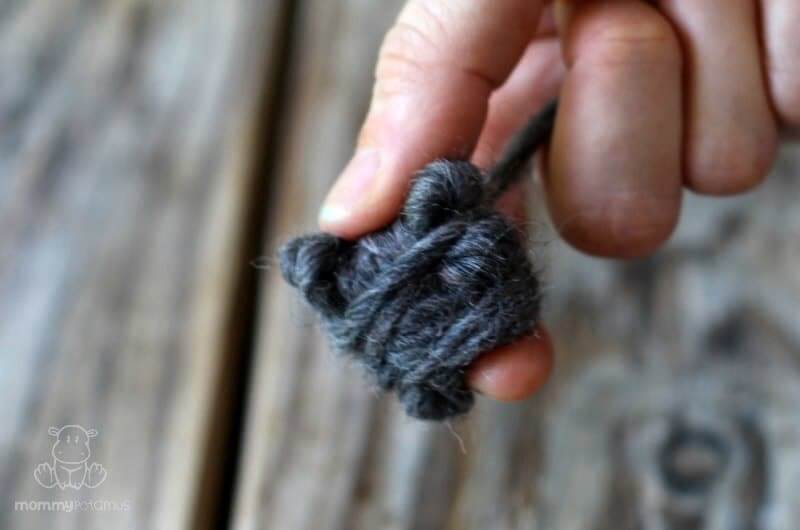
Step 3: Continue wrapping until yarn forms a ball. Though it may seem more egg-shaped at first it will happen! Keep going until your dryer ball reaches the size you prefer. Mine a little bigger than tennis balls.

Step 4: When the ball is about the size you want, grab the loose end of yarn and weave it into the exterior of the ball using a paint key or felting needle. To do this, slide the key under a few threads, then take the tail and wrap it around the tip of the key a few times before pulling it through. Do that several times so that the tail is woven in well, then trim off any unused yarn. (See pictures below if that sounded confusing)

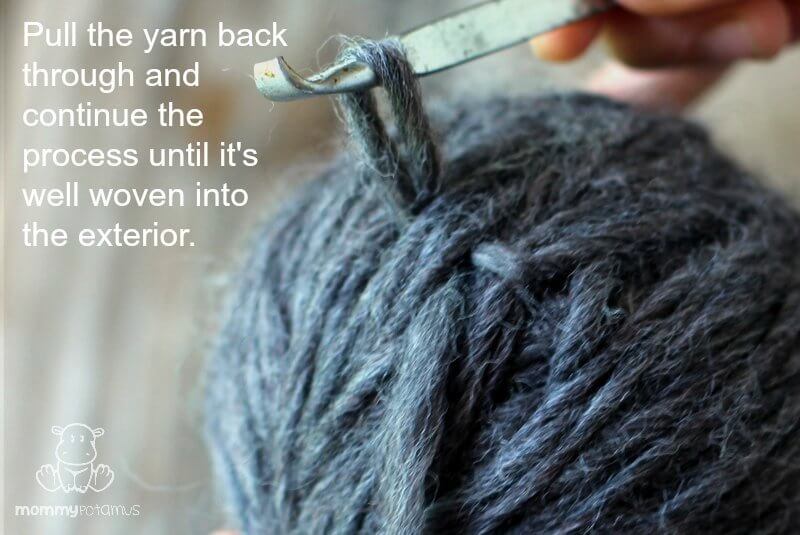
Step 5: Place dryer balls in pantyhose, making sure to tie a knot between each one so they have their own separate compartments, then toss them in the washing machine and run through a hot cycle two or three times, preferably with a load of towels or other laundry. Place them in dryer and then remove from pantyhose. Voila, your dryer balls are ready!
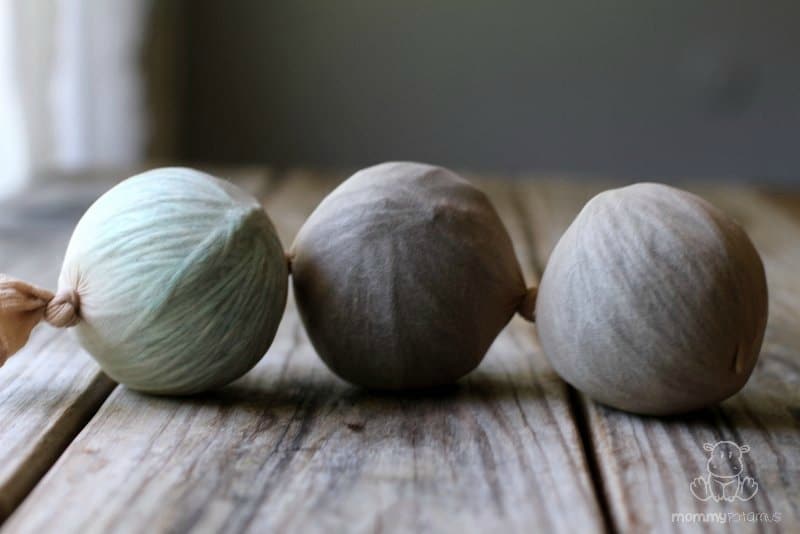
How To Use Wool Dryer Balls
Simply toss them into the dryer with your wet clothes – that’s it!
Don’t forget! Order 100% natural wool dryer balls via Amazon Prime here.
Want a FREE ebook of non-toxic cleaning recipes that WORK?
I’ve created a free ebook for you as a gift for signing up for my newsletter. 7 Non-Toxic Cleaning Recipes That Really Work covers seven recipes that you can make in just a few minutes each for squeaky clean windows, sparkling dinnerware, lemon-fresh countertops, and more. Subscribe to my newsletter below and you’ll be redirected to a download page for immediate access to this PDF ebook.


